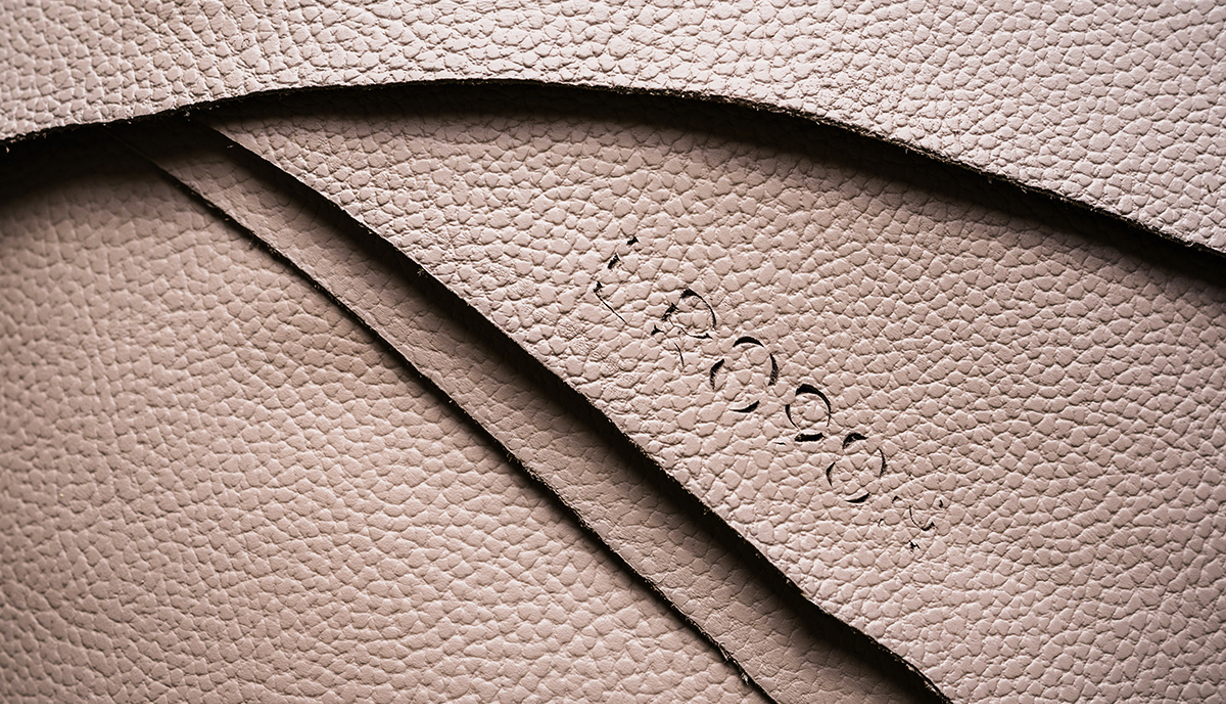
Can seating material be sustainable, high performing and generate long-term value?
Identifying an interior material that can help deliver sustainability targets and meet stringent performance criteria is challenging for many industries, including aviation and mass transit, where passenger comfort and well-being are also high on the agenda.
The volume of conflicting information can lead to confusion. The multiple internal and external stakeholder requirements that must be satisfied further complicate the task; designers must ideate with sustainability in mind and are interested in the entire supply chain and where raw materials come from. Purchasing teams must deliver on carbon KPIs and cost efficiency; ultimately, the chosen material must enable the optimum passenger experience.
There is a need for simple transparency and facts to facilitate evaluation and help cross-functional teams deliver their targets whilst ensuring customers feel safe and comfortable.
How to determine which materials are sustainable and deliver on performance and cost?
As a leader in the industry, with an independently audited and verified ESG Report, Muirhead recognises the need for external certification.
We applaud the recently published, bold, and insightful report from the World Wildlife Fund (WWF). It is a significant development for a globally trusted organisation to highlight the valuable role the leather industry presents in the circular economy and the environmental damage some non-animal materials present.
The WWF supports sustainable leather manufacture and encourages industry leaders to share progress by collaborating across the full supply chain and increasing awareness of leather’s sustainability potential.
In addition, the report endorses the fact that genuine leather upholstered vehicles are durable, cost-efficient, and environmentally preferable.
“Leather upholstered vehicles depreciate more slowly, providing both environmental (longer lasting, less time to biodegrade) and economic value (less frequent purchasing).”
Sustainable leather repurposes a natural waste product from another industry, the meat industry. It is the ultimate form of upcycling, creating a product that is superior in comfort, durability, and performance. Because synthetics cannot match genuine leather's durability and performance, they must be replaced more frequently, creating further unrecyclable landfills.
In 2021, an independent report by the Filk Freiberg Institute in Germany also endorsed leather’s inherent strengths. After conducting a series of tests on the comfort and performance of leather versus various alternatives, they concluded:
“For technical use, leather shows the most comprehensive behaviour for universal criteria, i.e. the best values for most parameters.”
Responsibly sourcing materials
The WWF report also goes on to explain why making use of what we have is infinitely preferable to disposal or plastic alternatives:
“Negative perceptions have driven the use of leather alternatives, however, most leather alternatives are made using plastic.”
The Filk Report also uncovered the presence of toxic chemicals and plastics in a range of leather alternative materials.
In addition to the reassurance for our customers offered by these reports, we are also seeing forward-thinking organisations asking questions of all material suppliers, such as:
• What are your carbon targets and results?
• Can you deliver full traceability from the origin to the finished product?
• Can you guarantee performance over time?
They recognise that the answers we can provide help them to meet their sustainability targets and deliver the optimum passenger experience, which could not be attainable if they relied on synthetic materials only.
Increasing the use of renewable, recyclable, and recycled materials for interiors, Polestar highlighted why our sister business, Bridge of Weir Leather, met the high standards.
“We require that all leather used in Polestar products live up to the strictest standards on animal welfare…as well as being fully traceable and chrome-free – Bridge of Weir satisfies these requirements.”
Fredrika Klaren – Head of Sustainability, Polestar
Muirhead’s continual quest for progress is supported by collaboration and transparency.
Muirhead employs leading environmental practices, and we endeavour to share our learning with the wider industry as the WWF report recommends.
We worked with independent consultant Spin 360 to establish a Life Cycle Analysis process to measure our leather’s impact from the sourcing of raw material through to manufacturing and finishing. We were the first leather manufacturer to share our LCA value of 8kg CO₂ e/m², the lowest in the world published for leather. The LCA for our leather is based on our primary data and was independently created by specialist consultants using sector and internationally recognised guidelines.
Our ability to access primary data from our supply chain comes from the fact that we manufacture from raw to finished leather, and work closely with all of our suppliers, providing visibility back to the source. We know exactly where these inputs to our process come from. We believe this level of transparency represents a blueprint for the future of the wider materials industry, which sometimes struggles to ascertain the level of detail required.
Furthermore, we are in the process of working more closely with supply chain partners to continue to exchange knowledge, support each other’s sustainability ambitions, and understand how we can collectively further reduce our impact.
Achieving continual progress toward a truly sustainable and responsible product and supply chain that also delivers on performance and cost requires commitment, collaboration, and transparency at a holistic scale. We are delighted that the WWF is encouraging industry leaders' proactive approach and supporting the role of sustainable leather for future generations.
To read the full WWF Report here.




